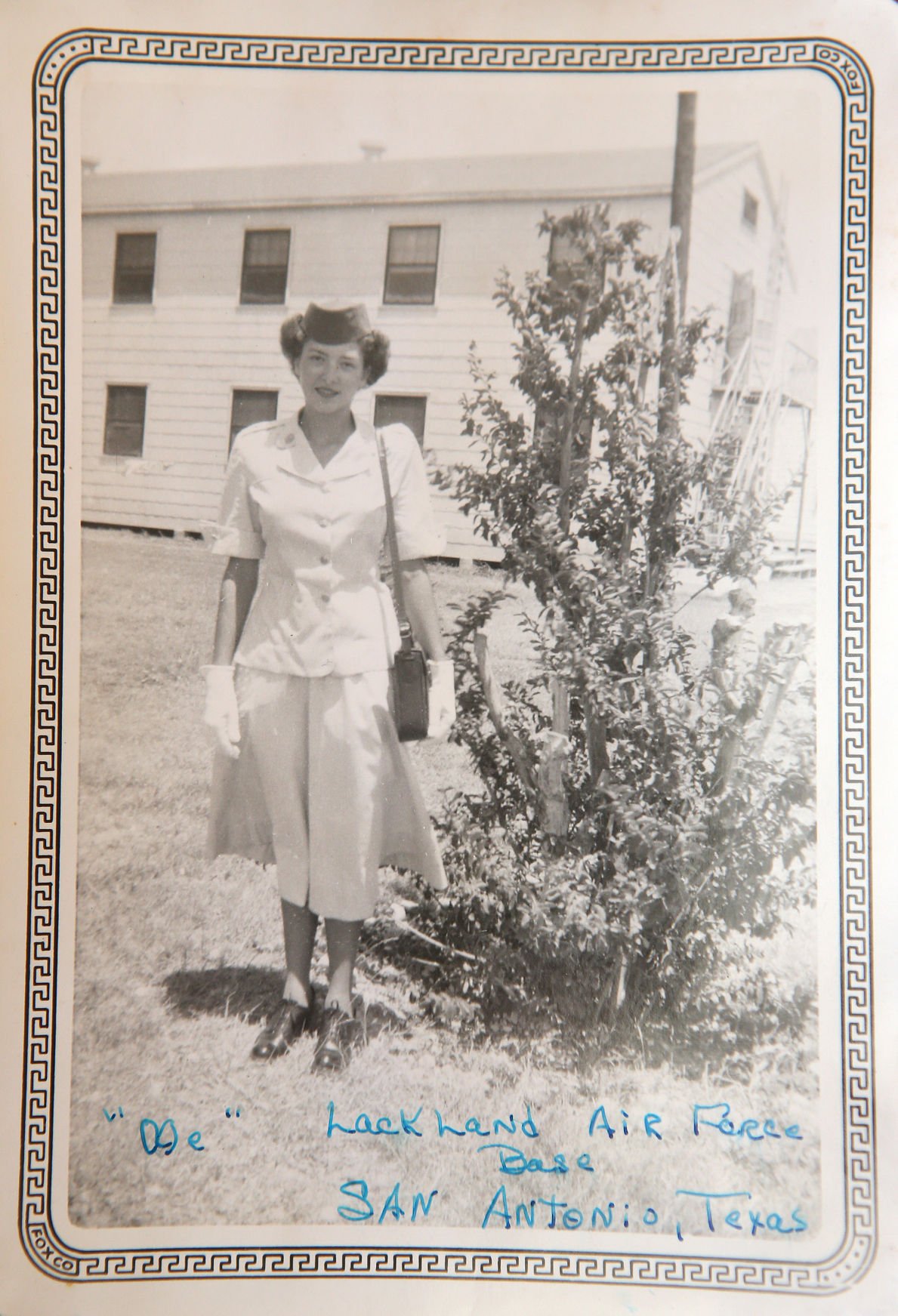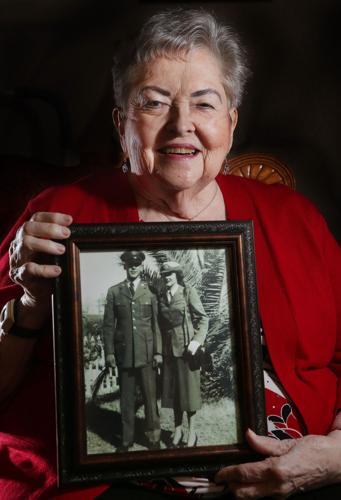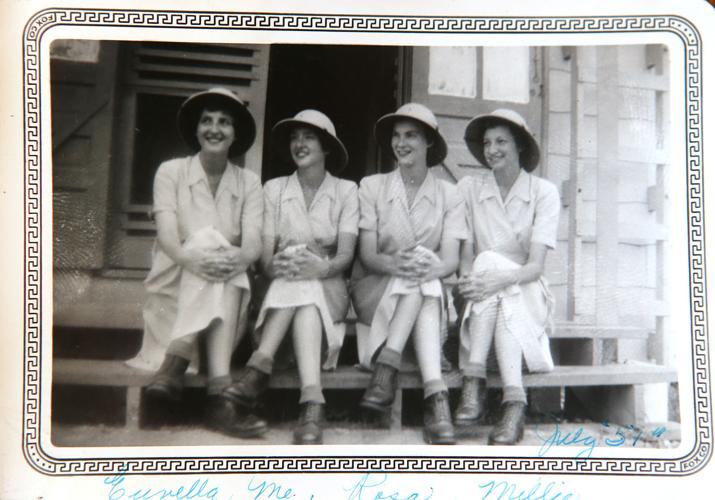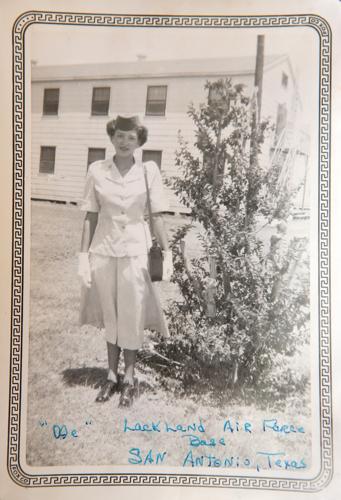When the bells rang, Airman 2nd Class Daisy Gates knew encrypted messages had arrived. The messages quickly needed to be sent to locations such as Washington, D.C., or overseas.
It was during the Korean War and she was a teletype operator in the 1063rd Communications Squadron at a relay center at Maxwell Air Force Base in Montgomery, Alabama.
The young woman, who in 1951 enlisted in the Women’s Air Force after graduation from Tucson High School, recalled her work at the center where she and the others received top secret clearance.
 |
“We sent messages all over — from Washington, D.C., to locations abroad,” recalled Gates, 82, from her kitchen table at her east-side assisted living complex.
What the messages said were unknown to Gates. The sender and the recipient were the only ones who knew.
But the operators knew war was underway. It was during that time that Gates became tight with the other women in her squadron.
“I believe some messages could have saved lives. Some could have dealt with the movement of troops and bombing locations,” said Gates, who received recognition honors and awards, including the Good Conduct Medal.
There were days when the bells would constantly ring in the large room, which was lined with teletype machines set in rows. The building they were in was cement block — not constructed out of lumber — like the others. It was under guard at all times.
“We could read the tape by touching the punch holes, and all we could read is where the messages were going. We would punch in the locations and make sure each one went to the right teletype center,” explained Gates.
The operators worked shifts around the clock, and the shifts would change weekly. “That was hard. It was difficult for our bodies to adjust,” she said.
 |
Her work at the teletype center was cut short in 1952 after Gates, who then was Daisy Steele, married her fiancé, Alden Gates. He, too, was in the Air Force.
She then applied for a compassionate transfer and was sent to March Air Force Base in Riverside, California, where Alden was stationed. She worked in the communications office at the base.
When Gates became pregnant, she was discharged. “That’s what they did back then,” she said of the military. Gates returned to Tucson and her daughter was born at St. Mary’s Hospital. Her husband was eventually stationed at Davis-Monthan Air Force Base.
Family photographs are displayed in Gates’ living room, including a black-and-white picture of her and her husband in uniform. Alden Gates served two tours in Germany and retired from the Air Force after 22 years. He then went to work for the postal service for 20 years. Alden, who suffered from Alzheimer’s, died in 2014.
The couple raised three children. Gates proudly points to photos displayed in her living room and mentions that she has 11 grandchildren and 15 great-grandchildren. It makes her happy, she said, to share stories with them about her military service.






